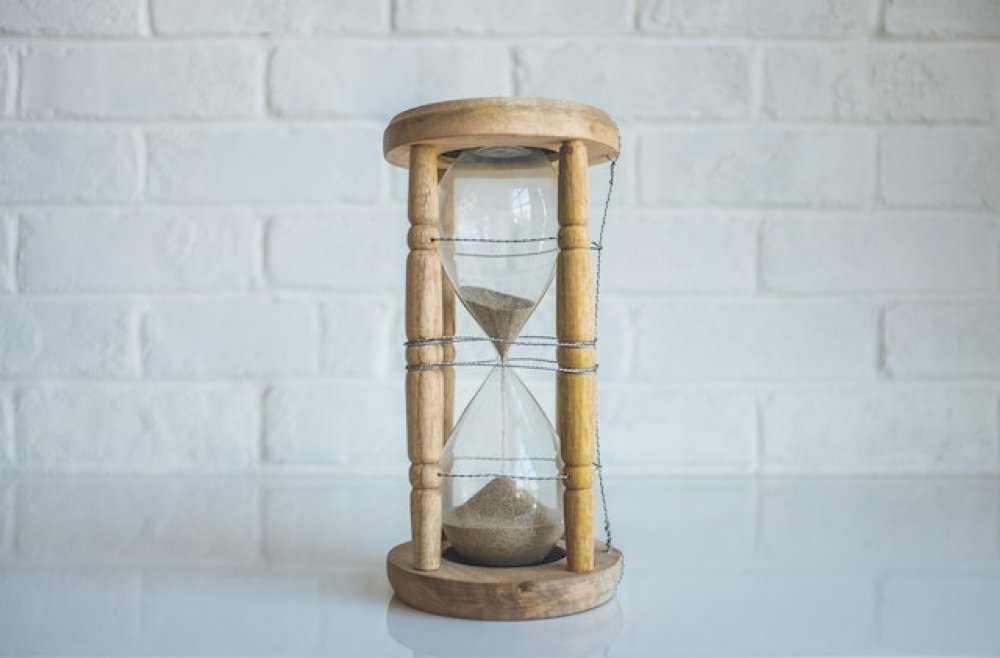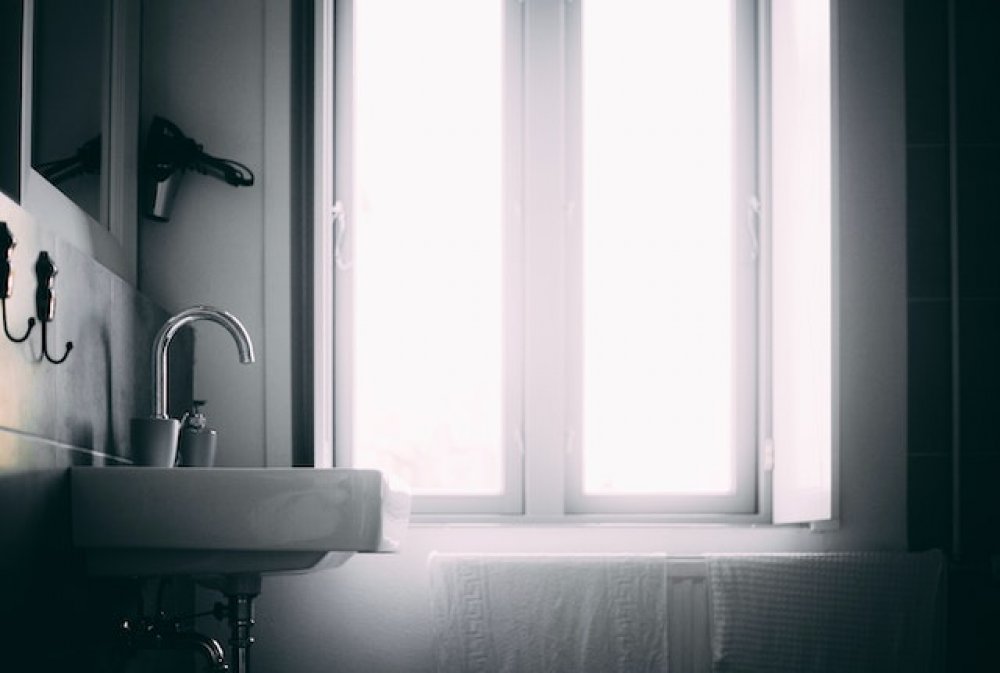How To Avoid Bathroom Mold
Bathrooms can be a place of rest. It is where you wash up and spend time relaxing in the tub or shower. Unfortunately, it is also where mold proliferates. The damp and dark environment of a bathroom makes it a prime breeding ground for unhealthy molds.
You can often find them on tile grout, caulk, and painted walls. Mold can be detrimental to your health, as they can cause headaches and frequent coughing and sneezing. Thankfully, there are ways to address the unsightly and unhealthy presence of mold in your Central Florida home.
Common Causes Of Mold
Consider the following causes of mold growth:
- Lingering moisture caused by lack of ventilation - Moisture is the main culprit when it comes to mold growth.
- Leaky toilets, sinks, and plumbing pipes - Water leaks are one of the most common causes of cultivating mold.
- Damp rugs, wood, wallpaper, grout, drywall
- Wet clothes - Drying your clothes indoors releases moisture into the room and can cause mold. Damp clothes left unwashed in the laundry room can also lead to the perfect environment for mold growth.
- Flooding - A flood will leave your house wet for a long period of time, and this becomes mold’s opportunity to take up space.
- Condensation - Mold love spots where condensation occurs, like cold metal pipes and cold concrete floors.
- Humidity - Places where humidity is high can be rife with mold growth, such as properties located near beaches or large bodies of water.
Ways To Prevent Mold Growth
The best way to keep mold from flourishing in your bathroom is to control it. Molds typically have a 24- to 48-hour window of growing, so make sure you keep moisture at bay.

Here are ways to achieve that:
- Install a bathroom ventilation fan. Make sure the fan is adequate for the size of your bathroom. The best thing about ventilation fans is that they suck the moisture out. Leave it on for a half-hour after your bath or shower. You can even install a timer for your convenience.
- If you do not have a ventilation fan, you can opt to leave your window or door open after your shower. This will allow the air to circulate freely around the room.
- Control household humidity by purchasing a dehumidifier. It helps control the humidity since mold only needs 55% air humidity to thrive.
- Use a mildew-resistant shower curtain to prevent mold bacteria from spreading.
- Frequent washing of bathroom rugs, mats, and towels is advisable. They should be cleaned at least once a week. Mold growth will be prevented if you practice this since these are the favorite breeding spots of molds.
- Dry out shower items. It is important to remove your loofahs, sponges, and shampoo and conditioner bottles from your bathroom after you bathe. Moisture can accumulate on these items, and molds and mildew can start appearing underneath or around them.
- Fix leaks where excess moisture can break out and provide the perfect opportunity for mold to grow. Have a plumber attend to your leaking pipes right away so the mold issue can be corrected.
- Keep fabrics (such as towels) outside the bathroom. Hang clothes and towels outside and avoid folding them when still damp.
How To Get Rid Of Molds
Even if prevention is better than needing a cure, you might find that mold has already started to take space in your bathroom. Remove mold buildup by using a tough scrubbing brush. You can also use a toothbrush for harder-to-reach places. You can use a solution of vinegar and water or bleach and water to eradicate the mold problem. Clean your bathroom area regularly—at least once a week—to prevent recurring mold growth.
Do not forget to open windows and doors while cleaning to help dry out the mold. You can also let sunlight in since mold loves to grow in dark spaces.

Air conditioners can also be used to regulate the temperature as mold does not grow in cold environments. Here is a list of mold removal products you can also use. Some of these ingredients can be readily found around the home:
- Borax
- Detergent
- Ammonia
- Baking soda
- Hydrogen peroxide
- Tea tree oil
- Grapefruit seed extract
When cleaning, do not forget to use protective equipment such as goggles, gloves, and dust filter masks.
Mold Cleaning Procedure
- Scrub with a damp sponge first
- Mix a ratio of 1:2 parts bleach and water solution. Fill an empty spray bottle for easy handling. If you prefer an organic solution, use white vinegar instead of bleach.
- Spray heavily on areas overtaken with mold and allow the solution to sit for 15 minutes.
- Scrub again using a toothbrush or sponge.
- For areas that are particularly tough, use baking soda and warm water to make a paste solution and leave it for 10–20 minutes.
- Scrub and rinse.
- With a paper towel or dry towel, rub the surface areas dry.
Safeguard Against Mold Growth
Study your bathroom area to identify the causes of mold buildup. Then, carefully avoid the conditions that serve to increase your exposure to it. Be adamant about removing excess water and moisture from the air in your bathroom. Regularly clean the fabrics inside and avoid hanging damp clothes and towels in the bathroom. Ensure that there is no water buildup, and fix leaks right away.
Reminder
The hazardous aspects of mold growth necessitate getting rid of it. Kids and the elderly are especially vulnerable, and it can cause respiratory issues. Following through with simple solutions takes little time and effort. Good ventilation, regular cleaning, and exercising caution when it comes to wet fabrics are important aspects to focus on. Then, you will no longer have to worry about dealing with the hassle of bathroom mold again.

However, if the problem area is large and you find yourself overwhelmed, you can always call in a professional mold inspection and testing company. When mold has taken over walls and insulation, it is advisable to hire an experienced company. They are equipped to best handle the inescapable mold growth in your property.


